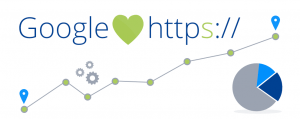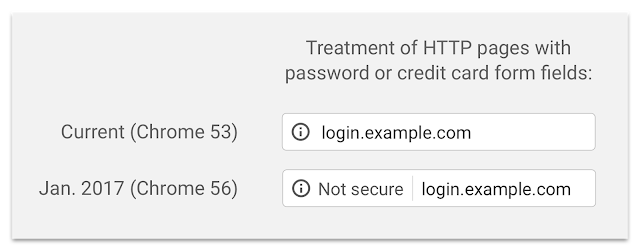As of early 2017 Google will be updating it’s popular Chrome browser to include at least one notable change.
Any website which does not have an SSL certificate installed will appear in the Chrome browser as a Non Secure website. An SSL certificate is represented by the small padlock icon you see on most eCommerce & online shopping websites which tell you that connections to and transactions through that website are secure and encrypted. Although this is by no means a prerequisite for a website to exist online, Google do set the bar for some of the Internets most important industry standards and what this does mean for all website owners is that it may be in your best interest to add an SSL certificate to your domain name in the interest of public trust.
This will be a welcome change as all businesses we work with who sell online have an SSL certificate in place and should you choose to do so, our pre existing website owners can add one to their domain name without an installation cost. It’s a small upgrade and fee for that matter starting at $40.00 per year for the piece of mind provided.
Below is Googles official statement regarding the projected Google Chrome browser 56 upgrade.
Please don’t hesitate to reach us with any questions you may have.
The Citric Digital team.
To help users browse the web safely, Chrome indicates connection security with an icon in the address bar. Historically, Chrome has not explicitly labelled HTTP connections as non-secure. Beginning in January 2017 (Chrome 56), we’ll mark HTTP sites that transmit passwords or credit cards as non-secure, as part of a long-term plan to mark all HTTP sites as non-secure.





